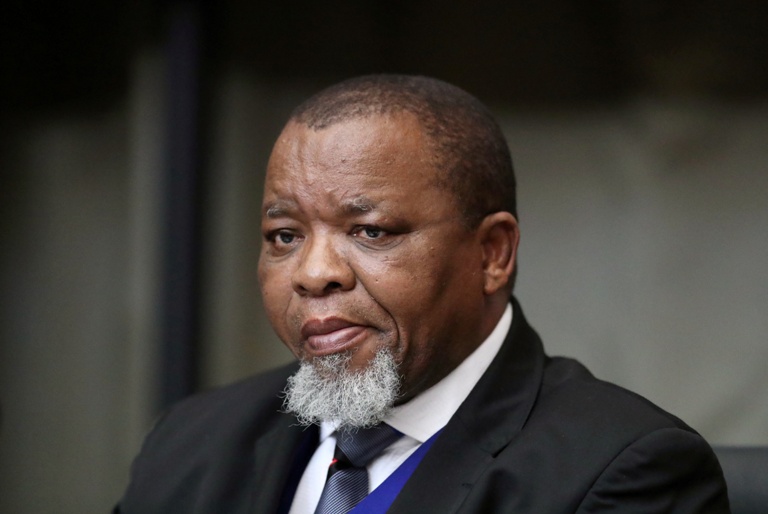
Coal to Play Significant Role in South Africa Power Mix Says Mantashe
South Africa’s plans for additional power generation over the next decade will involve a variety of energy sources, with coal still playing a significant role as well as more renewable energy, mines and energy minister Gwede Mantashe said on Friday. Mantashe said that while the government planned to extend the life of the Koeberg nuclear […]

South Africa’s plans for additional power generation over the next decade will involve a variety of energy sources, with coal still playing a significant role as well as more renewable energy, mines and energy minister Gwede Mantashe said on Friday.

Mantashe said that while the government planned to extend the life of the Koeberg nuclear power plant, there would not be a large-scale nuclear rollout.
Mantashe unveiled South Africa‘s long-delayed plan for electricity generation until 2030 as the country experienced power cuts for a third day, with power utility Eskom struggling against capacity shortages.
The Integrated Resource Plan (IRP) replaces a previous blueprint not updated for almost a decade, and deals with planned electricity generation combined with the energy mix.
“The IRP 2019 supports a diversified energy mix. Coal will continue to play a significant role in electricity generation as the country has the resource in abundance,” Mantashe told journalists.
“New investments will be directed towards more-efficient coal technologies, underground coal gasification and the development of carbon capture and storage to enable us to continue using coal resources in an environmentally responsible way.”
Mantashe said the additional capacity for the energy mix until 2030 would include 1,500 megawatts (MW) from coal, 2,500 MW from hydro, 6,000 MW from photovoltaic, 14,400 MW from wind, 2,088 MW from storage and 3,000 MW from gas.
This will see coal contributing 59% of energy volumes, Mantashe said.
POWER CUTS
Breakdowns at a number of its generating units have forced Eskom to ration power since Wednesday after about seven months without disruptions to the supply of electricity.
Blackouts earlier in the year were blamed for a sharp contraction in economic growth.
Eskom said up to 2,000 MW would be cut from the grid on Friday – more than the 1,000 MW Acting Chief Executive Jabu Mabuza had indicated on Thursday, when he also said he did not expect further power cuts through the weekend.
“Since the media briefing last night, we have had a major setback as we have lost additional capacity from Medupi power station,” Eskom said in a statement.
“This means that the power system has deteriorated further creating an additional shortage of generation capacity of about 1,500 MW.”
It said it would cut 1,000 MW from 0700 GMT until 1000 GMT on Friday on a rotational basis across the country. Thereafter, 2,000 MW would be cut until 2100 GMT.
Eskom said Medupi units 3, 4 and 5 had gone offline late on Thursday due to coal and ash handling issues which it did not explain further, compounding difficulties caused by the failure of a conveyer belt at the power station on Saturday.
The power cuts highlight the challenge President Cyril Ramaphosa faces in rescuing Eskom, which has been beset for years by financial and technical problems.
Debilitating power cuts in February and March pushed first-quarter economic growth into contraction and raised the likelihood ofSouth Africa, the continent’s most industrialised economy, losing its last investment-grade rating.
South Africa‘s rand inched firmer early on Friday, clinging on to the strong gains it made in the previous session, after the country’s cabinet approved the plan for electricity generation.
At 0615 GMT, the rand was up 0.27% at 14.80 per dollar.
(Additional reporting and writing by Olivia Kumwenda-Mtambo; Editing by Catherine Evans and Dale Hudson)
